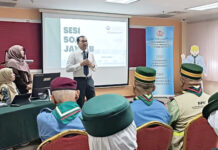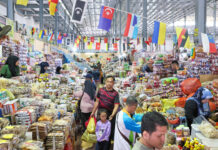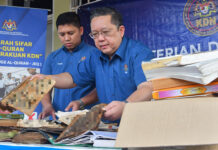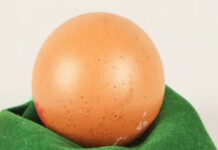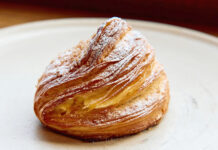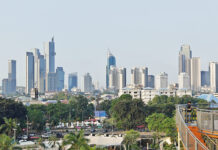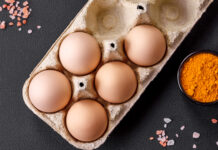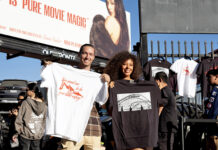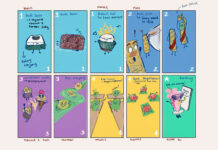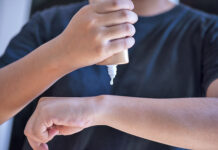CNA – When my mother gave birth to my eldest sister in the 1960s, breastfeeding wasn’t popular. If you wanted the best for your baby, formula milk was the preferred choice. It was even promoted as being superior to breast milk.
“After I delivered your sister, they started her on formula at the hospital and sent me home with sample tins,” she recalled.
“As a young, first-time mum, I didn’t know much about breastfeeding benefits, so I just went along with it. I had to switch to a cheaper formula brand though, because we couldn’t afford the more expensive ones.”
The few mothers she knew who breastfed exclusively did so because they couldn’t afford to buy formula.
THE GOOD NEWS: MORE MUMS ARE BREASTFEEDING
A national survey showed that in 2021-2022, 97 per cent of Singapore women chose to breastfeed. At six months of age, almost 40 per cent of babies continued to be exclusively breastfed; 10 years ago in 2011, this figure was only one per cent.
That’s an amazing figure that women should be proud of. But this is what it also tells us: Almost every mum – 97 per cent- has tried breastfeeding.
This means, to make food for their babies, they put in hard work, time and money; breast milk may be free but breast pumps and storage bags are expensive.
Not to mention, the many sacrifices that breastfeeding mums willingly accept to keep their babies well-fed.
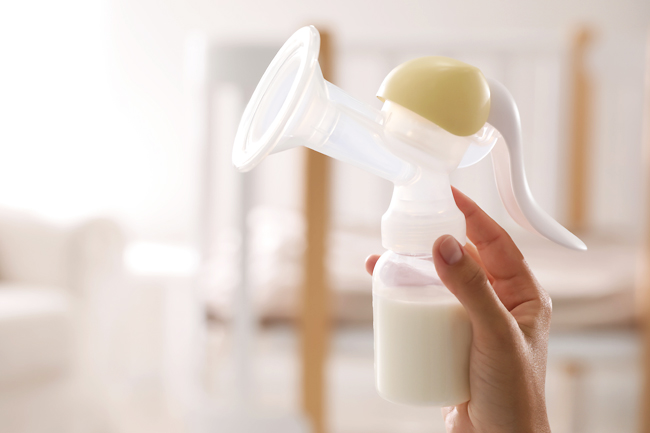
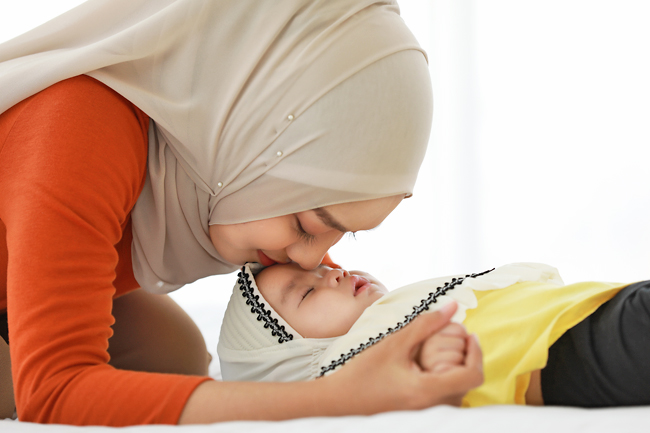
BREASTFEEDING COMES WITH SACRIFICES
Some might argue that breastfeeding is a natural process of motherhood and thus should not be considered a sacrifice. However, natural doesn’t mean easy.
To make things clear, I’m a big advocate of breastfeeding. I did it for almost three years.
And I’d be the first to tell you that breastfeeding absolutely requires sacrifices from the mum.
STICKING TO A STRICT DIET FOR MONTHS, AND SOMETIMES, YEARS
Every breastfeeding mum knows the two Qs of breastfeeding: Quantity and quality. We have this nagging worry: Are we are making enough breast milk to feed our baby? Is it good enough to keep him or her healthy?
We research and eat food known to boost breast milk supply. Papaya and fish soup is a popular one that even fish-hating mums try their best to swallow.
Plenty of protein-rich foods like fish, chicken, meat and tofu. Go heavy on green leafy veggies like kale and spinach. Nuts are great too.
You might say that these all point to a healthy diet we should be following, so what’s the sacrifice there?
Let’s talk about the fun food mums give up. That favourite cup of coffee or tea, because of caffeine. Do you want to give your baby health issues?
Like the refreshing taste of peppermint? Eating several mints multiple times a day will make its presence known in a dip in milk supply, though the occasional cup of peppermint tea should not cause a major decrease. Some mums become hyper-aware of what’s in their food.
Sage, for example, is well documented for impacting the milk production process.
One friend, who breast-fed all five of her kids, reported an almost instant drop in her breast milk supply whenever she consumed sage.
ENGORGED BREASTS AND WORSE, MASTITIS
Engorged breasts are a rite of passage for breastfeeding mums.
When the milk ducts are blocked, it may result in mastitis, an inflammation of breast tissue that causes infection, pain, swelling, redness, fever and chills.
If your baby manages to nurse on the infected side and clear the blockage – imagine the pain of having someone suck on your wound – then count yourself lucky.
In bad cases, you would need antibiotics to clear up the inflammation.
In worse cases, a pocket of pus may form and it will need to be drained.
Meanwhile, the poor mum frets about her reduced milk supply. She will also be kicking herself for not having pumped/fed regularly enough, and allowing her breasts to be so engorged that mastitis developed.
AVOIDING MEDICINE WHEN YOU’RE SICK
Even though some common medicines, like paracetamol and ibuprofen, are considered safe for breastfeeding mums, some mothers prefer to err on the side of caution and choose not to take medication when they’re sick.
This can slow down their recovery.
PLANNING YOUR DAY – AND CAREER – AROUND YOUR BREASTFEEDING SCHEDULE
Every breastfeeding working mum knows the drill. You leave your house with your breast pump, sterilised bottles and ice packs in a chiller bag.
If your office doesn’t have a nursing room, the start of every pumping session throughout your workday will be spent prowling around for an unused meeting room. You’ll be praying hard that whatever room is available comes with a frosted, and not clear, glass door.
Sometimes, the storeroom or toilet may be your only option.
Experienced breastfeeding mums learn to plan their daily routine around their pumping schedule.
If your job requires you to be frequently out of the office, the stress multiplies. If you drive, you can at least pop into your car for a bit of privacy to express your breast milk. If not, you would be searching for nursing rooms with a power point, or packing extra batteries for your breast pump so that you can use a toilet to clear your breasts. Then you will store your precious liquid gold with your ice pack and chiller bag, go to your next appointment, and repeat in a few hours – or risk getting your breasts engorged.
AND YES, SAGGY BREASTS ARE PART OF THE DEAL
Women who aren’t well-endowed in the chest area are often pleasantly surprised when pregnancy and breastfeeding boost their cup size.
But after weaning from breastfeeding, the milk ducts will no longer be filled with milk and the breasts will naturally become smaller.
Sometimes, the skin does not tighten in tandem with the new breast size, resulting in saggy breasts. Let’s be clear: Breastfeeding is not the only culprit behind saggy breasts.
Your age, size of your breasts, posture, whether you wear a bra regularly or the right fitting bra, your diet, even whether you smoke or not – all these can affect skin elasticity at your chest area.
Also, like it or not, everyone’s breasts, no matter if you are an A or D cup, will sag with time. But every breastfeeding mum will also tell you that the boob-tugging and nipple-biting from their babies is a price they are willing to pay.
HOWEVER, LET’S NOT ROMANTICISE BREASTFEEDING
Breastfeeding is good but what is important is we don’t romanticise the idea of it. Let’s not put stress on those who are unable to, or choose not to, breastfeed. It could be a health issue. It could be because their schedule doesn’t allow it.
They simply don’t have enough breast milk to feed their baby adequately and formula milk is a reliable alternative. Or, they may not tell you but they are fighting post-partum blues and the last thing they need is to stress over breastfeeding. It’s not fair to expect every mum to suck up the difficulties and inconvenience, and “just cope with it”. – Stella Thng




